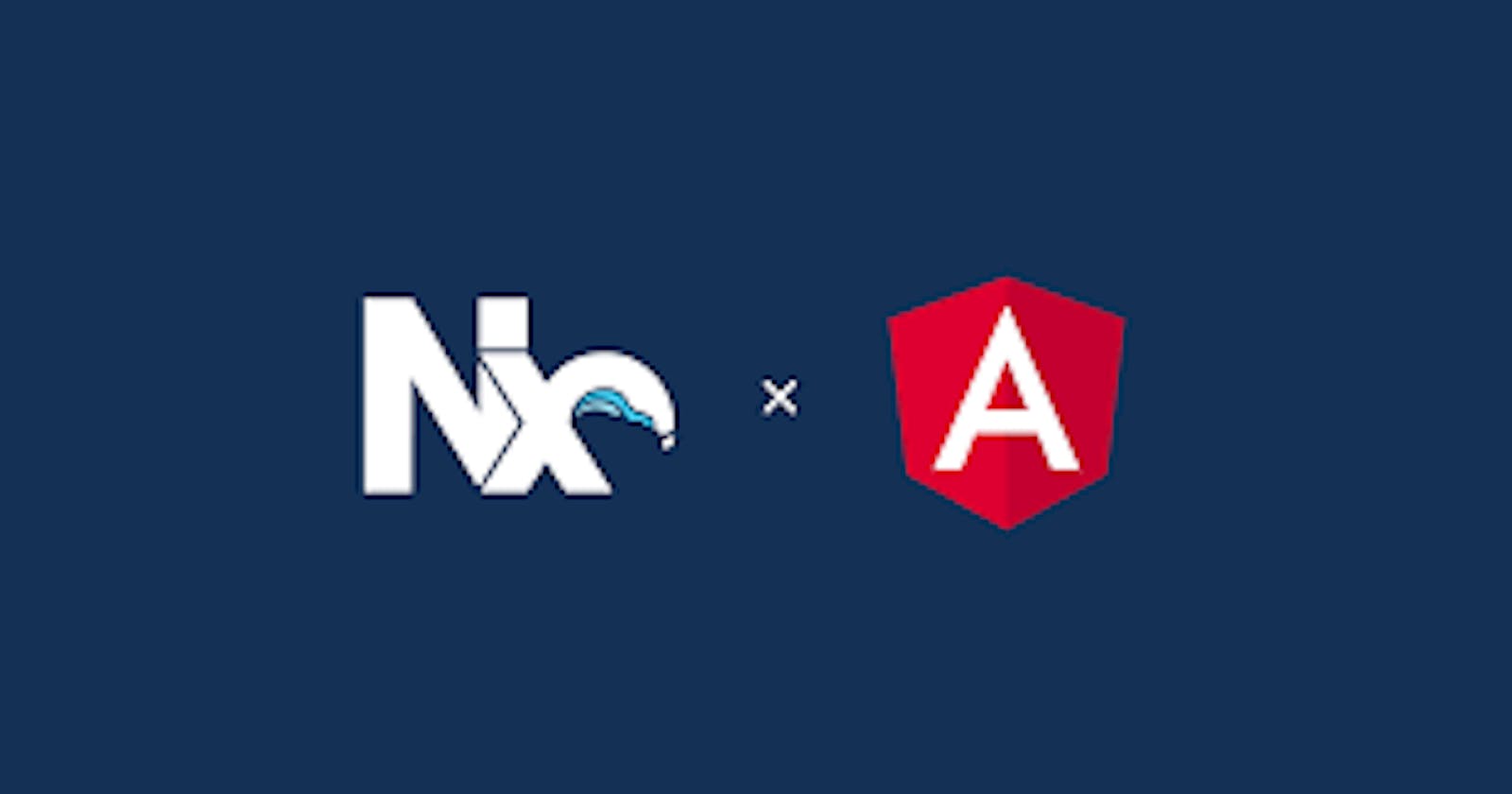Introduction
In the world of modern web development, building robust and maintainable Angular applications is a top priority for many development teams. Nx is an invaluable toolkit that can significantly enhance your Angular development experience. In this blog post, we will explore what Nx is, why it matters, and how you can harness its power to supercharge your Angular development process.
What is Nx?
Nx is an extensible development toolkit that aims to enhance the development experience with Angular and other front-end technologies. Created by Nrwl (pronounced "Narwhal"), Nx offers a set of powerful development tools and best practices for building monorepo-style applications.
Key features of Nx include:
Monorepo Architecture: Nx promotes a monorepo architecture where multiple projects, such as Angular applications, libraries, and shared code, reside in a single codebase. This approach simplifies code sharing, collaboration, and dependency management.
Code Generation: Nx provides a suite of code generation tools, like schematics, for creating Angular components, services, and modules quickly. These tools follow best practices and generate well-structured code.
Dependency Graph: Nx generates a dependency graph that visualizes the relationships between different parts of your application. This helps you understand how changes in one area might affect others.
Testing and CI/CD: Nx streamlines testing and continuous integration/continuous deployment (CI/CD) processes for your Angular projects. It ensures that your applications and libraries maintain a high level of quality.
Workspace Management: Nx simplifies the management of a monorepo, making it easy to add, remove, or modify projects within your workspace. It also supports integration with popular version control systems like Git.
Community-Powered Plugins: Nx has a vibrant community that actively develops and maintains plugins for various front-end technologies. These plugins extend Nx's capabilities to work with React, Node.js, and more.
Why Choose Nx for Angular Development?
Now that we've introduced Nx, let's explore why it's a compelling choice for Angular developers:
Improved Code Reusability: Nx's monorepo architecture encourages code sharing between different parts of your application. You can create libraries for shared components, services, and utilities, making it easier to maintain consistency and reduce duplication.
Streamlined Collaboration: With Nx, development teams can collaborate more effectively on large projects. The dependency graph and clear project structure help developers understand how their changes impact the entire application.
Enhanced Testing and CI/CD: Nx simplifies testing configuration and automation. You can easily run tests across multiple projects and ensure that changes do not introduce regressions. CI/CD pipelines can be set up to automatically build and deploy your Angular applications.
Scaffold Code Quickly: Nx's code generation tools, known as schematics, enable developers to scaffold Angular components, services, and modules rapidly. This helps maintain a consistent coding style and reduces boilerplate.
Comprehensive Documentation: Nx offers comprehensive documentation and a supportive community, making it easier to learn and integrate into your development workflow.
Getting Started with Nx and Angular
Now, let's dive into how you can get started with Nx and Angular:
Step 1: Installation
To get started with Nx, you need to install it globally using npm or yarn:
bashCopy codenpm install -g create-nx-workspace
# or
yarn global add create-nx-workspace
Step 2: Create an Nx Workspace
Use the create-nx-workspace command to generate a new Nx workspace:
bashCopy codecreate-nx-workspace my-nx-app
You will be prompted to choose a preset. Select the one that suits your project requirements, such as "empty" or "angular."
Step 3: Generate an Angular Application
Inside your Nx workspace, you can generate a new Angular application using the following command:
bashCopy codenx generate @nrwl/angular:app my-angular-app
Step 4: Generate Code with Schematics
Nx provides a range of schematics to help you generate code efficiently. For instance, to create a new Angular component, use:
bashCopy codenx generate @nrwl/angular:component my-component
Step 5: Running Tests
Nx simplifies running tests for your projects. To run tests for an Angular application, use:
bashCopy codenx test my-angular-app
Step 6: Building and Serving
To build and serve your Angular application, use:
bashCopy codenx build my-angular-app
nx serve my-angular-app
Conclusion
Nx is a powerful toolkit that can significantly enhance your Angular development experience. Whether you're building small applications or large-scale monorepo projects, Nx provides a comprehensive set of tools and best practices to streamline your workflow, improve code quality, and facilitate collaboration within your development team.
By embracing Nx for Angular development, you can build applications that are not only scalable and maintainable but also leverage the latest frontend development best practices. Start exploring Nx today, and discover how it can supercharge your Angular projects.
